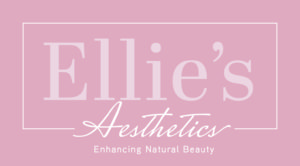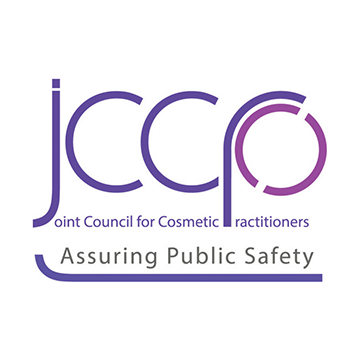Dermal Filler Treatments
Minimally invasive cosmetic procedures that use injectable non-permanent Hyaluronic Acid based synthetic fillers to restore volume and fullness to the skin.
Treatment type
Injectable
Treatment Time
30 Mins – 1 hour
Results Last
Up to 18 Months
Downtime
Minimal
Price
From £150
About Dermal Fillers
Dermal fillers are made up of Hyaluronic Acid (HA), which is a naturally occurring hydrophilic substance found in the base layer of the skin called the Epidermis. Hyaluronic Acid is biodegradable and broken down naturally within the body to Hyaluronidase. Since the early 2000’s and following FDA approval, synthetic Hyaluronic Acid dermal fillers have become mainstream in the aesthetic industry.
There are 2 types of dermal fillers, core and advanced. The difference between core and advanced procedures are that advanced dermal fillers target more complex areas and offer greater sculpting and contouring abilities for the face etc, whereas core dermal fillers address more basic concerns like wrinkles or volume loss in specific areas.
Core dermal filler treatments include:
- Marionette Lines
- Nasolabial Lines
- Deep Line Lift
Advanced dermal filler treatments include:
- Cheek Augmentation
- Chin Sculpting
- Non-surgical Rhinoplasty
Dermal Filler Benefits
- Immediate results
- Reversible
- Naturally occurring and immunologically compatible
- Excellent safety profile
- Increased volume
- Improved facial contours

Aftercare Advice:
• Refrain from wearing make-up in the first 6 hours after procedure
• Refrain from drinking alcohol or exercising in the first 24 hours
• Refrain from touching or massaging the injected area for 48 hours
• Avoid steam rooms / sauna / sunbathing for first 48 hours
• Must not undergo any chemical peels / facial treatments for the first 2 weeks
Dermal Fillers FAQs
Below are some common questions I have been asked regarding Dermal Fillers. Please get in contact if there are any other questions that you may have.
Dermal fillers are made up of Hyaluronic Acid (HA), which is a naturally occurring hydrophilic substance found in the base layer of the skin called the Epidermis. Hyaluronic Acid is biodegradable and broken down naturally within the body to Hyaluronidase. Since the early 2000’s and following FDA approval, synthetic Hyaluronic Acid dermal fillers have become mainstream in the aesthetic industry.
You will notice instant results from dermal fillers though you may notice some additional swelling 2-3 days post procedure, but this will subside and your final results will be noticeable within 2 weeks.
Yes, Hyaluronic Acid Dermal Filler injections are safe if carried out by a trained and competent practitioner using a landmark approach to avoid complications. As Hyaluronic Acid is a naturally occurring hydrophilic substance, the body will naturally break it down into Hyaluronidase, making it a safe and trustworthy substance.
I offer local anaesthetic cream to all client’s pre-procedure to make you feel as comfortable as possible. This should reduce any discomfort caused by the injections within the procedure, however the dermal filler themselves contain a local anaesthetic meaning that the more filler is injected, the less you should feel.
As with any procedure there can be risks and this is dependent on the procedure you choose. Common risks include pain, bleeding and bruising at the time of injection. After injection, the area may feel tender but should not be actively painful. Most of the time bruising is mild but occasionally can be more significant. Bruising can take up to 2 weeks to fully resolve but should be much improved after 1 week. Swelling is another common side effect following dermal filler this is usually mild to moderate but occasionally swelling can be more severe. Swelling is often worse on days 2-3 after injections, it should resolve by 2 weeks but should be significantly improved after 5 days. Less common risks may include skin infection, unwanted inflammatory reaction or skin discolouration if injected too superficially. Very rare complications may include allergic reaction to the dermal filler or lidocaine anaesthetic which in some cases can lead to an anaphylactic reaction which would require emergency medical assistance and transfer to hospital. Despite all the above, I take pride in using a landmark technique which is safe and effective and reduces the risk of the above. Similarly, as a Registered Nurse I am confident in recognising and managing any arising complications.
You will notice instant results from dermal filler, though due to the hydrophilic substance, swelling will occur for the first few days but will subside. You will notice optimal results after 2 weeks.





